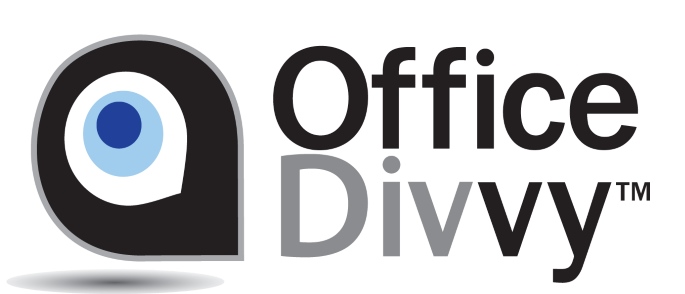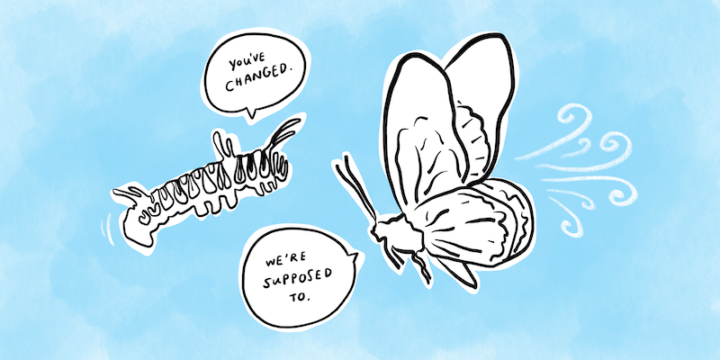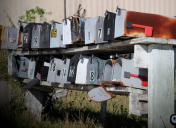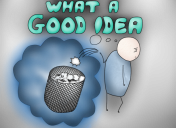The Power of a Growth Mindset
What is a Growth Mindset?
If you believe your talents can be developed, through effort, persistence, and input from others, then you can simply say that you have a “growth mindset.”
We all make statements like “I’m not good with numbers” or “I’m not a runner.” Combining that with a “YET” is a tactic some use when they are trying to break free of a fixed mindset.
Ask the following question of your team or client: “When was the last time you did something for the first time.” This can be a way of opening up the dialogue about what may be stopping that individual from trying things that are outside of their comfort zone or what they feel they have “permission” to do.
The concept of a Fixed or Growth Mindset comes from Dr. Carol Dweck who is a psychologist, professor, and author. Dr. Dweck describes a fixed mindset as belief in your basic abilities, you intelligence, and your talents – just fixed traits. You have a certain amount and that’s that, and then your goal becomes to look smart all the time and never look dumb. In a growth mindset, you understand that your talents and abilities can be developed through effort, good teaching, and persistence. You believe you can get smarter and better at something if you work at it.
Growth Mindset Organization
How to apply a growth mindset to an organization? Draw people to the company who share the belief that through effort, intention, and input from others, they can change their abilities. To retain those people, the organization must set the tone that new ideas are key to agility, and change and failure are part of the business. The message from the leadership team can never be “If it’s not broken, don’t fix it.” Why? Because with new ways of thinking comes the need for new skills and better ways of doing things.
Finding the time
It can feel impossible to think about how to advance one’s skills when our days are already full. Some routine actions that have been working for us at Office Divvy are to celebrate our victories and look back at the work we are doing, so we can gain a new perspective. In the following three examples, we use a virtual whiteboard1 so our entire hybrid team (onsite and remote) can contribute.
Shout Outs. On a virtual whiteboard we all drop in sticky notes of the #Victories we’ve had over the last ten days. We acknowledge the work and our team. We do this to make sure that we do not lose sight of all we are accomplishing and the people that are doing the work. Protip: When good things are happening over the week, we tag the post in our company chat with the “#” hashtag #Victory so they are easier to later collect.
Retro. Retros are an Agile ceremony and common for teams working in an Agile way, like ours. We prepare a virtual whiteboard with three columns. What’s working? What’s not working. What can we improve? The team takes 3-5 minutes to write down what is working, and another 3-5 minutes for what is not. Together we read out and cluster like items and then together decide what is most important to work on in the next sprint.
Can/Should. Can/Should is a new board available in the Miroverse for free. The Miroverse is a Community Templates Gallery showcasing collaborative spaces of the Miro community, as well as their creators. This board was created by John Cutler. John is a thought leader on the topics of Agile and Teams working differently.

This transparency helps to keep our victories and challenges in view for the entire team to see and process. We find that these rituals invite new ideas, and people to step forward who are interested in contributing with the skills they have today or something that they would like to learn.
Included in this brief article are basic concepts of a growth mindset and some fundamental practices we use in our company. Are you interested in discussing a growth mindset implementation for your company or organization? If so, leave a comment below.

- Umarells at Office Divvy - January 21, 2023
- The Power of a Growth Mindset - June 25, 2022
- How’s your business doing? - May 1, 2021
Related Posts
- ← On Great Resignation, Upskilling, Reskilling, Student Debt, and Formal Education
- Umarells at Office Divvy →











